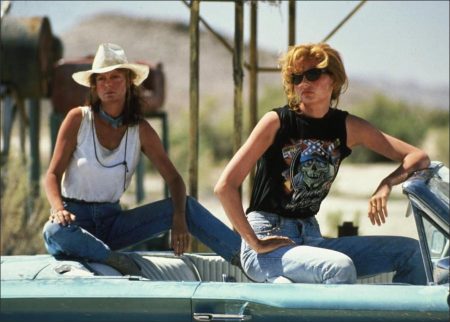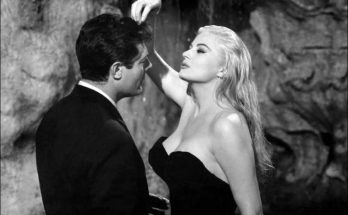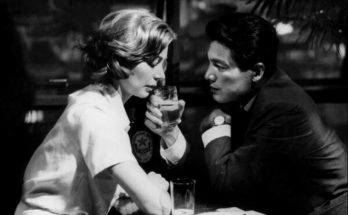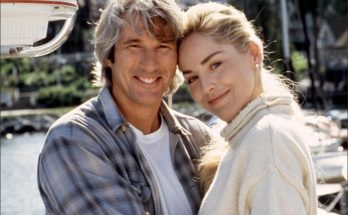The celebrated 1991 film’s iconic, freeze-frame ending wasn’t the original choice.
Tuesday, May 24 marks the twentieth anniversary of the day “Thelma & Louise” first rolled into movie theaters. It actually opened modestly, coming in at fourth place in the box office for its first weekend — Bruce Willis’ notorious bomb “Hudson Hawk” actually out-earned it for third place. But the word of mouth on the movie was so strong that “Thelma” became a sleeper hit, earning over $45 million in the U.S., about three times its budget. And it was a critical favorite, earning six Oscar nominations and winning the award for Best Original Screenplay. Of course, it also launched a little-known actor named Brad Pitt into the realm of superstardom.
“Thelma & Louise” is one of those rare films that didn’t just bring people into a movie theater, but kept them talking after it was over. Its story of average women who become fugitives sparked nationwide discussions about the changing nature of feminism in the new decade of the 1990s. Mostly, though, the film sparked debate with its ending. Cornered by the police at the rim of the Grand Canyon, Thelma (Geena Davis) tells Louise (Susan Sarandon) “Let’s not get caught; let’s keep going.” Louise hits the gas, the women hold hands, and their 1966 Thunderbird convertible goes sailing off a cliff. The picture freezes with the car in midair and then fades to white. It’s an iconic moment, but it’s not how the movie was originally going to end.
The original ending went on longer than theatrical version. In it, the shot followed the car’s trajectory off the cliff past where the picture freezes now. There is a cut to another angle which shows just how far they plunge. You don’t actually see the car crash; it just drops out of sight. Afterwards, Hal (Harvey Keitel), the sympathetic detective who has been chasing the pair, runs to the edge of the canyon and stares down. A helicopter swoops down into the ravine, and Hal turns back to rejoin the massive police force waiting there.
The music which plays under the scene is different: in the theatrical version, there is the mournful, wordless score composed by Hans Zimmer, but in the original features the song “Better Not Look Down” by B.B. King. Also, the theatrical ending was followed by a montage of Thelma and Louise in happier times playing under the credits. The first version had a more metaphoric long shot of their car driving off into the desert (reportedly, some test audiences took this to mean they landed safely and they got away).
The full original ending can be seen on the recently released 20th anniversary Blu-ray. On it, director Ridley Scott provides commentary on why he changed the ending from what he shot. He said that giving the final moment to Harvey Keitel’s character instead of Thelma and Louise, “eclipsed what their decision was… I wanted the ending to be on them.” He also thought it was important to hold on the car in the air, rather than watch it fall. He said, “I didn’t want to bring [the ending] down. I wanted to go out on the high of the car, in control.”
Susan Sarandon also talks about how she viewed the ending in their commentary on the Blu-ray. Sarandon said that before she agreed to do the movie she grilled Ridley Scott on her character’s fate: “I said, ‘I have to go over the cliff. You’re not going to test it and save me.’ He said, ‘I don’t know about her. You might push her out the door at the last minute. But you’ll definitely go over.'” Ultimately, it was decided that both would perish together. Sarandon also revealed that the moment where Louise kisses Thelma right before they drive off wasn’t in the script: “I had mentioned to Geena [Davis] that I was going to kiss her but I don’t think Ridley knew.”
The film’s uncompromising ending helped solidify its place in movie history. Thelma and Louise were included in the American Film Institute’s list of the top 50 heroes in cinema, and the film is one of Yahoo!’s 100 Movies to See Before You Die: The Modern Classics. And critics who have seen the original ending tend to agree that the film wouldn’t have been the same with it included. Dana Stevens of Slate.com wrote that ending with the freeze-frame of the car “allows ‘Thelma & Louise’ to dwell forever at that odd moment in movie history when women won the right to be just as crazy as men.”
Source: Yahoo Movies
Views: 294



